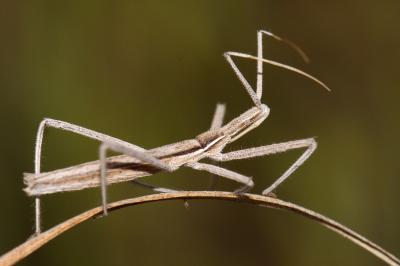How to do scientific research without even trying (much)
Ars Technica » Scientific Method 2013-08-01

To some extent, scientific research requires expensive or specialized equipment—some work just requires a particle accelerator or a virus containment facility. But plenty of other research has very simple requirements: a decent camera, a bit of patience, or being in the right place at the right time. Since that sort of work is open to anyone, getting the public involved can be a huge win for scientists, who can then obtain much more information than they could have gathered on their own.
A group of Spanish researchers has now written an article that is a mixture of praise for this sort of citizen science, a resource list for people hoping to get involved, and a how-to guide for anyone inspired to join in. The researchers focus on their own area of interest—insects, specifically the hemiptera or "true bugs"—but a lot of what they say applies to other areas of research.
The basics of the sort of citizen science they're encouraging involves cameras. Every day, people head out of the house with digital cameras that are far more powerful than the ones most scientists could afford a decade ago. In the course of their day, they can easily take photos of plants and animals that can be used to identify the species involved. It just takes a bit of extra work to make these photos scientifically useful. As the authors write, "Uploaded macro photographs may be scientifically valuable when they provide (a) shooting date; (b) shooting site data, including georeferenced data in current units as UTM or Latitude/Longitude; and (c) features needed to identify the specimen to species level."
Read 5 remaining paragraphs | Comments




